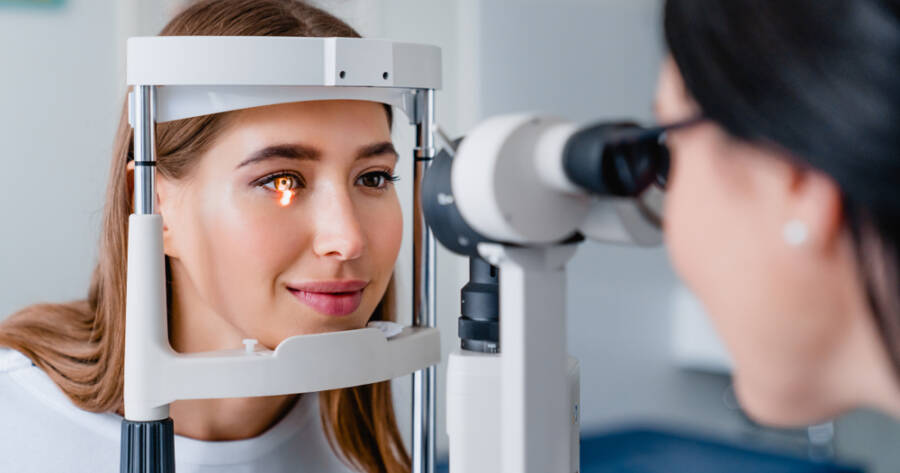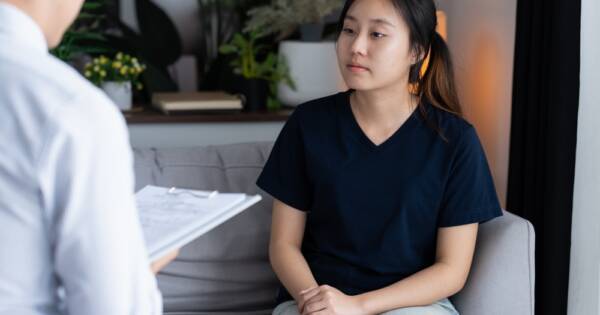Regular vision tests are essential for maintaining eye health and detecting issues early. Whether your eyesight seems fine or you’re already wearing glasses, routine exams can catch changes before they impact daily life. Eye doctors recommend specific testing intervals based on age, health, and vision needs. Keeping up with vision exams not only preserves your sight but also helps identify underlying health conditions that may affect your eyes.
Recommended Frequency of Vision Tests
The frequency of vision tests depends on your age, overall health, and whether you already wear corrective lenses. Generally, adults aged 18 to 60 with no apparent vision problems should have an eye exam every two years. However, annual exams may be recommended for those who wear glasses or contact lenses. Children should have their first comprehensive eye exam at six months, again at age three, and then every two years once they start school.
For individuals over 60, yearly eye exams become increasingly important. Age-related conditions like cataracts, glaucoma, and macular degeneration become more common and can progress without noticeable symptoms. Those with diabetes, high blood pressure, or a family history of eye disease should also consider more frequent exams, as they are at higher risk for vision problems. Consulting your eye care professional helps determine the best schedule for your needs.
Why Vision Tests Are Crucial
Routine vision tests do more than just check your ability to see clearly. They help detect eye conditions that may not show early symptoms, such as glaucoma or diabetic retinopathy. By catching these issues early, treatment can be more effective, potentially preserving your vision. Regular exams are also essential for maintaining an up-to-date prescription, ensuring that your corrective lenses provide the best possible clarity.
Beyond eye health, vision tests can reveal underlying medical conditions. During an eye exam, your eye doctor may notice signs of hypertension, diabetes, or high cholesterol, all of which can manifest in the blood vessels of the retina. Detecting these issues through routine exams not only protects your eyesight but also contributes to your overall health management. Prioritizing vision tests is a proactive step in comprehensive healthcare.
What Eye Doctors Look for During a Vision Test
Vision tests involve more than just reading an eye chart. Your eye doctor will assess your visual acuity to determine how clearly you see at various distances. This part of the exam often includes using a phoropter to measure your prescription. Next, they will evaluate your eye alignment, peripheral vision, and how well your eyes work together to focus on objects. This thorough assessment helps identify any refractive errors or muscle imbalances.
The doctor will also perform tests to check for signs of eye diseases. Dilating your pupils allows them to see the retina and optic nerve more clearly, helping detect issues like retinal detachment or optic neuropathy. They may use a tonometer to measure eye pressure, screening for glaucoma. Comprehensive vision tests provide insight into both visual function and ocular health, making them essential for maintaining good eyesight.
Signs You Might Need a Vision Test Sooner
Sometimes, it’s necessary to schedule a vision test earlier than recommended. If you experience persistent headaches, blurry vision, or difficulty focusing, it’s a good idea to have your eyes checked. Sudden changes, like double vision or seeing floaters, should prompt an immediate visit, as they can indicate more serious problems. Eye strain, often caused by prolonged screen use, may also warrant a check-up to ensure your prescription is correct.
Children who squint frequently, hold books too close, or struggle with schoolwork may have undiagnosed vision issues. In older adults, sudden vision loss or severe eye pain could indicate an emergency and requires prompt attention. Always listen to your body and prioritize an exam when symptoms arise. Early intervention can prevent more significant problems and ensure your vision remains clear and comfortable.
How to Prepare for Your Vision Test
Preparing for a vision test can help make the process smoother and more efficient. Bring any current glasses or contact lenses, as well as a list of medications you’re taking, as some can affect eye health. Be ready to discuss any changes in your vision or symptoms you’ve noticed. If you wear contacts, ask your eye doctor if you should stop wearing them before the exam to allow your eyes to return to their natural shape.
Expect to have your pupils dilated, which can cause temporary sensitivity to light. Bringing sunglasses can make your trip home more comfortable. If you plan to get a new prescription, consider discussing lens options with your doctor during the visit. Preparing ahead of time ensures your eye care professional can thoroughly assess your needs and provide the most accurate recommendations.
Keeping Your Vision Healthy Year After Year
Maintaining your vision involves more than just attending scheduled tests. Pay attention to changes in your eyesight, and don’t hesitate to book an exam if something feels off.
Regular vision tests help track your eye health and address any emerging issues promptly. Protecting your eyes with UV-blocking sunglasses, maintaining a balanced diet, and managing chronic conditions all contribute to long-term visual well-being. Prioritizing regular exams is an essential step in safeguarding your sight.





